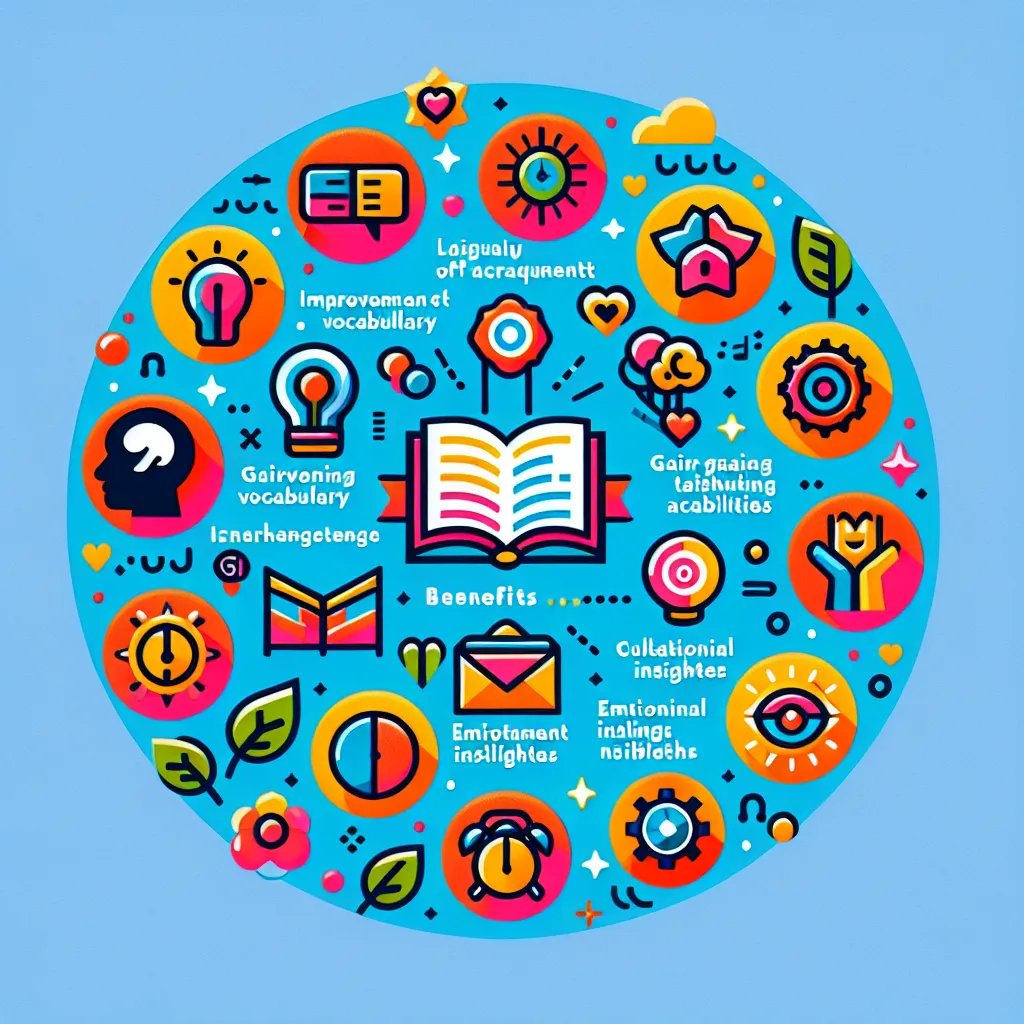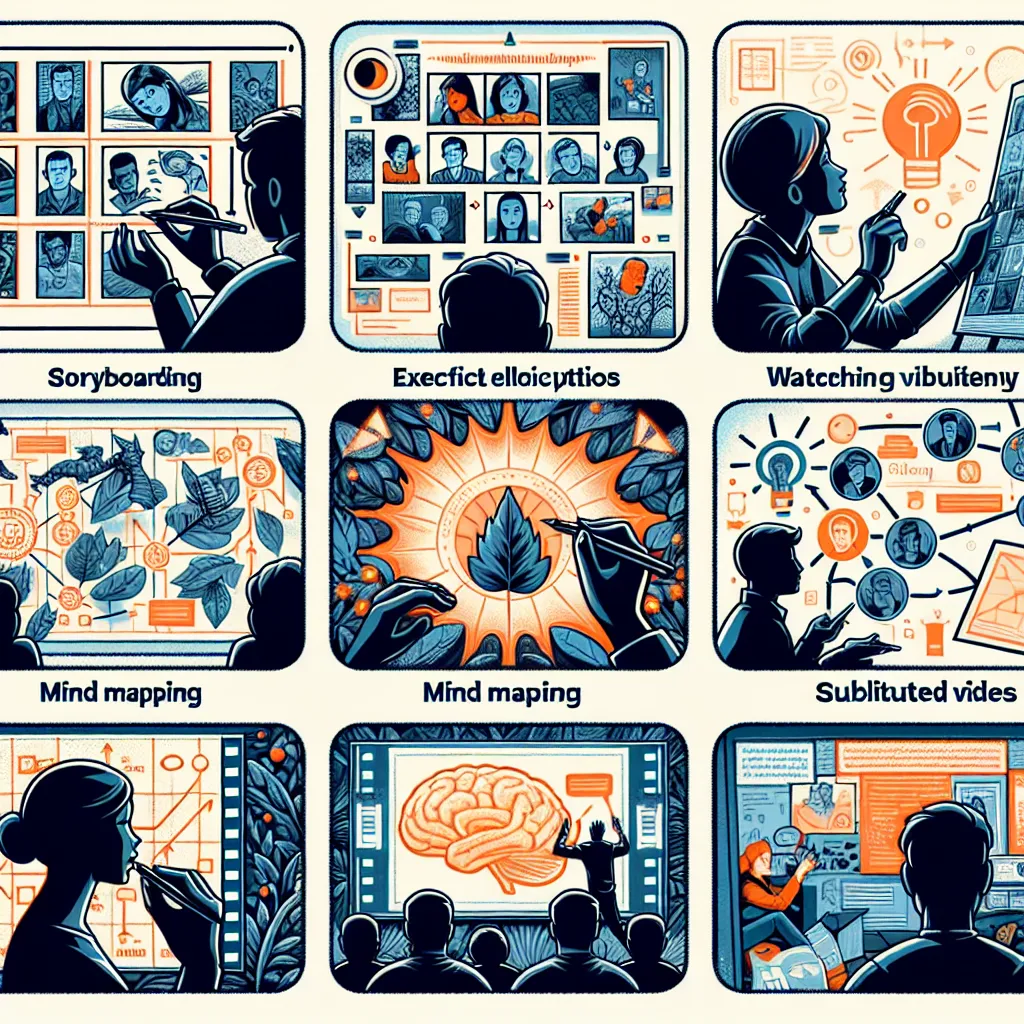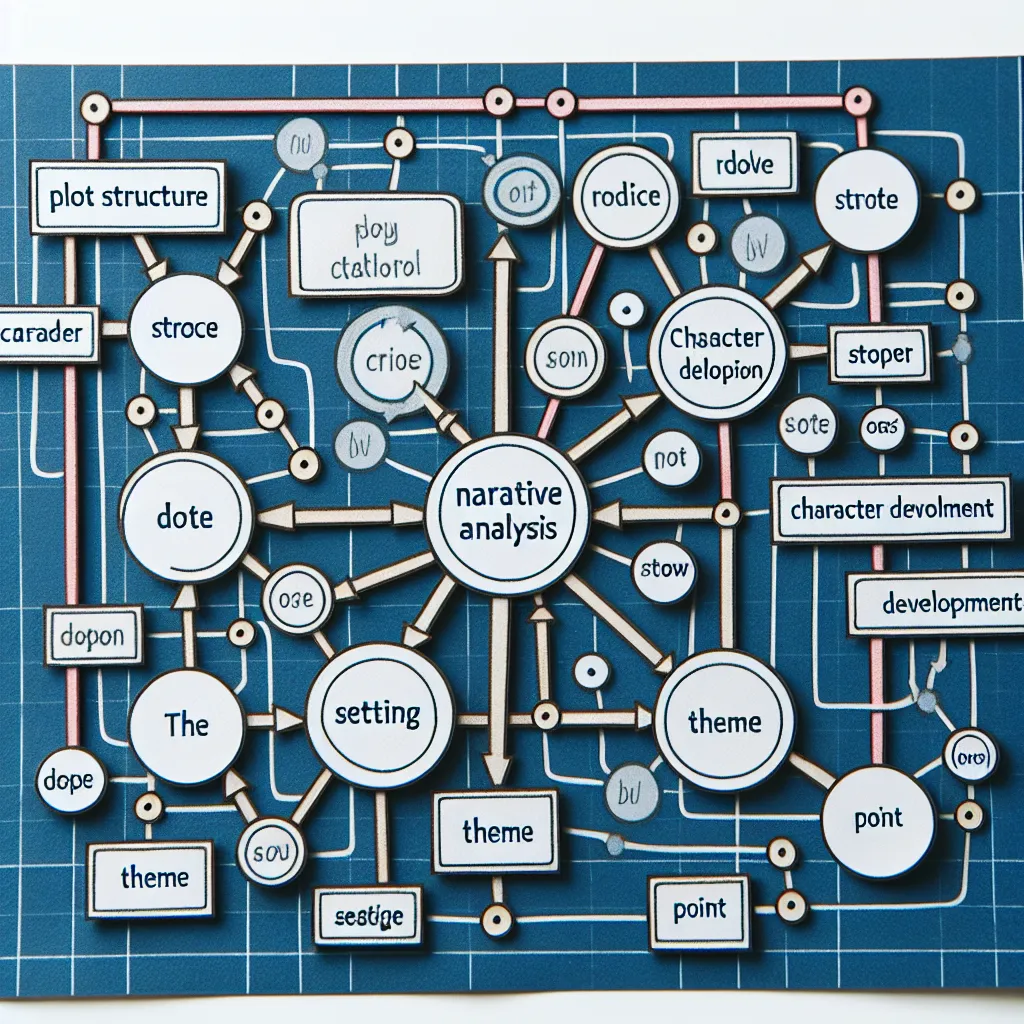Storytelling is a powerful tool for language learners, offering an engaging and effective way to enhance English comprehension skills. Whether you’re a beginner or an advanced learner, incorporating storytelling into your language learning journey can significantly boost your understanding of English. In this article, we’ll explore various strategies to improve your English comprehension through storytelling, providing you with practical tips and techniques to make the most of this invaluable learning method.
Why Storytelling Matters in Language Learning
Storytelling has been a fundamental part of human communication for thousands of years. It’s not just about entertainment; stories help us make sense of the world, connect with others, and remember information more effectively. When it comes to language learning, storytelling offers numerous benefits:
- Context-rich learning: Stories provide a natural context for vocabulary and grammar, making it easier to understand and remember new language elements.
- Improved listening skills: Engaging with stories helps develop active listening skills, a crucial component of language comprehension.
- Cultural insights: Many stories offer glimpses into the culture and customs of English-speaking countries, enhancing overall language understanding.
- Emotional connection: Stories evoke emotions, making the learning experience more memorable and enjoyable.
 Benefits of Storytelling in Language Learning
Benefits of Storytelling in Language Learning
Strategies for Enhancing English Comprehension Through Storytelling
1. Start with Graded Readers
Graded readers are books specifically designed for language learners, with controlled vocabulary and grammar structures. They’re an excellent starting point for improving comprehension through storytelling.
- Choose books slightly above your current level to challenge yourself without becoming overwhelmed.
- Read a variety of genres to expand your vocabulary in different contexts.
- Use accompanying audio resources to improve listening comprehension simultaneously.
2. Utilize Digital Storytelling Platforms
In the digital age, there are numerous platforms and apps dedicated to storytelling for language learners.
- Try apps like Duolingo Stories or Beelinguapp, which offer interactive stories with translations and audio.
- Explore YouTube channels that focus on storytelling for English learners, such as “English Through Stories” or “Learn English Through Story.”
- Use podcast apps to find storytelling content suitable for your level and interests.
3. Practice Active Reading and Listening
To maximize comprehension, engage actively with the stories you encounter.
- Predict what might happen next in the story to stay engaged and test your understanding.
- Visualize the scenes and characters as you read or listen to enhance memory and comprehension.
- Summarize the main points of the story in your own words after each chapter or section.
4. Engage in Storytelling Circles
Participating in storytelling circles or book clubs can greatly improve your comprehension skills through discussion and interaction.
- Join or create an English learners’ book club to discuss stories with peers.
- Participate in online forums or social media groups dedicated to English storytelling.
- Practice retelling stories you’ve read or heard to others to reinforce your understanding.
For more tips on improving your English through book clubs, check out our article on strategies for improving English by participating in book clubs.
5. Incorporate Visual Storytelling
Visual elements can significantly enhance comprehension, especially for visual learners.
- Watch English-subtitled movies or TV series to combine auditory and visual storytelling.
- Explore graphic novels or comics in English to associate words with images.
- Create storyboards or mind maps for the stories you read to visualize the plot and relationships between characters.
To delve deeper into this approach, read our guide on tips for mastering English through visual storytelling.
 Visual Storytelling Techniques
Visual Storytelling Techniques
6. Use Storytelling Apps and Games
Interactive storytelling apps and games can make the learning process more engaging and effective.
- Try interactive fiction games that allow you to make choices and influence the story’s outcome.
- Use language learning apps that incorporate storytelling elements, such as Lingopie or FluentU.
- Explore virtual reality (VR) storytelling experiences designed for language learners.
For more insights on using games for language learning, check out our article on tips for learning English through video games.
7. Create Your Own Stories
One of the most effective ways to improve comprehension is by creating your own stories in English.
- Start a journal where you write short stories or personal anecdotes in English.
- Participate in creative writing workshops or online courses for English learners.
- Use story prompts or picture cues to inspire your storytelling practice.
To explore this strategy further, read our article on how to improve English through storytelling.
Important Considerations
While using storytelling to improve English comprehension, keep these points in mind:
- Consistency is key: Regular exposure to English stories will yield the best results.
- Don’t focus solely on understanding every word: Aim for overall comprehension and enjoy the process.
- Gradually increase the difficulty level of the stories you engage with to continually challenge yourself.
- Use a variety of storytelling mediums to develop well-rounded comprehension skills.
Next Steps
To continue improving your English comprehension through storytelling:
- Set a goal to read or listen to at least one short story in English every day.
- Join an online English learners’ community focused on storytelling and share your experiences.
- Challenge yourself to retell a story you’ve enjoyed to a language exchange partner or in a language learning forum.
- Explore different genres and formats of storytelling to find what resonates best with your learning style.
By incorporating these strategies into your language learning routine, you’ll not only enhance your English comprehension but also develop a deeper appreciation for the art of storytelling. Remember, the journey of language learning is a story in itself – embrace each chapter and enjoy the process of becoming a more proficient English speaker.
For more resources on using visual elements in language learning, don’t forget to check out our article on strategies for learning English through picture stories.




